Bathroom tile grout: which is the best to choose and how to use?
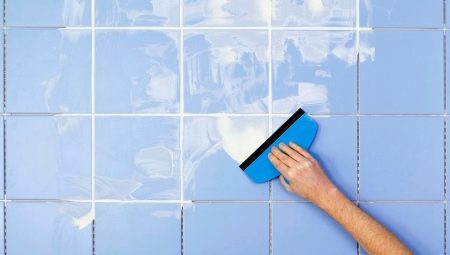
The leader in popularity in bathroom decoration is invariably ceramic tiles. She not only has a beautiful appearance. It is characterized by resistance to moisture, which is important for bathrooms with high humidity. Laying tiles without seams is impossible, therefore, a competent approach to the choice of grouting compounds is required, a huge range of which is offered by the construction market.
Peculiarities
The tiling process ends with a jointing process. And how well the interior decoration will be done depends both on the professionalism of the employee and on the mixture used for puttying the seams. Grouting compounds are also used for decorative purposes. If the jointing is performed flawlessly, the tiles are correctly selected and correctly laid, then the surface will look excellent. With the right trowel, you can also correct styling imperfections.
But the function of decorating is far from the key one. There is a need to protect the adhesive applied to the tiles from moisture.... At the same time, the service life of the finish will increase significantly. A professionally executed joint putty is an excellent barrier to the appearance of mold and mildew.
All groutings have their own characteristics, which must be known and taken into account in the process of work, because different types of grout cope with the assigned tasks with varying degrees of success.
Not all joint putties are suitable for use in the bathroom.

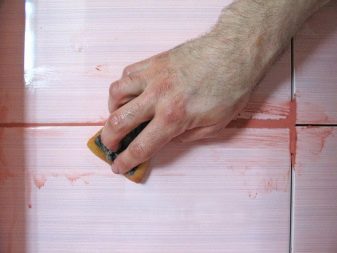
Species overview
Currently, there are 2 types of jointing mixes that do an excellent job of sealing:
- cement based;
- based on resin.
The former consist only of Portland cement or Portland cement with the addition of sand. But simply cement mortar has established itself as an unreliable remedy, because from high humidity it quickly darkens and is susceptible to mold formation. Therefore, at present, manufacturers are improving the properties of such a mixture by adding various components and plasticizers to the base substance.
The color spectrum of these mixtures is limited. There are only 2 shades in them: white and gray. This mixture is produced in the form of a dry powder and needs to be diluted with water.
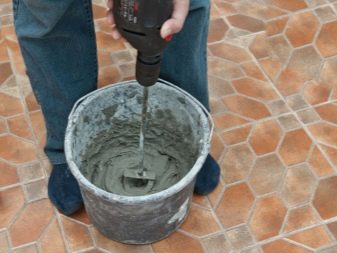
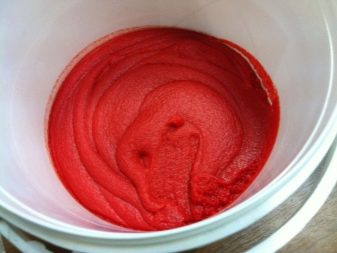
Resin formulations are classified into several subtypes.
- Epoxy materials are moisture resistant and therefore are in great demand. Moisture resistance is achieved thanks to a two-component composition of epoxy resin and cement mortar. It is this composition that provides high-quality filling of the joints, thereby completely blocking the access to them of moisture.
The hardener gives extra strength to the tiles.

- Silicone grout is a sealant. It is not intended to seal the joints between tiles, but is only used to isolate tile masonry from plumbing. In conditions of constant dampness in the room, this sealant will eventually darken and become covered with fungus, so experts do not recommend using it in a bathroom with its high humidity.
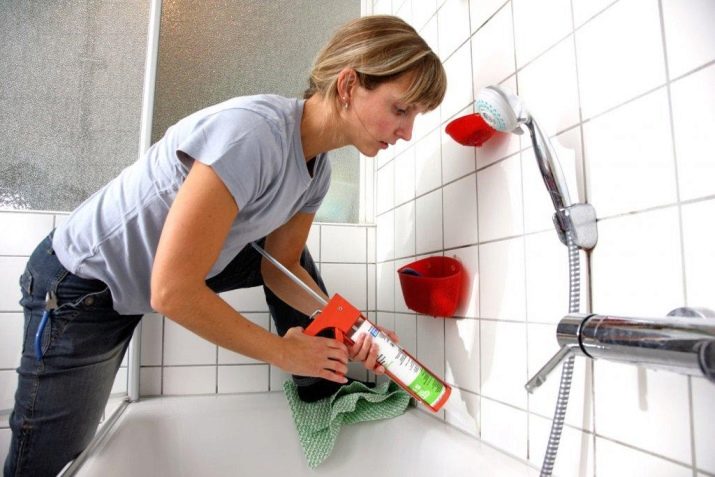
- Many professionals use easy-to-apply polyurethane joints with increased moisture resistance in the bathroom.... In terms of quality characteristics, they are also similar to conventional sealants, but unlike them, they have additives that protect the seams from mold and fungal infections.

- The choice of latex-based paste, which has a huge palette of bright colors, is justified for grouting tiles with unusual shades. With this option, there are no problems with the selection of the grout of the desired color. It will emphasize the effect of the texture and design of ceramics. The color will not lose brightness over the years. Latex grouts are characterized by good temperature tolerance and ease of application. They can be used in any environment.

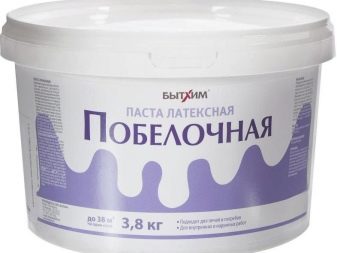
- Furan mixes are almost identical to epoxy mixes. But they surpass them in characteristics, as they show resistance to acids. They are in little demand due to their dark color. They also react to household chemicals, emitting harmful substances, therefore, they are not recommended for use in residential premises and in the domestic sphere.
Furan grout is used only in industry.
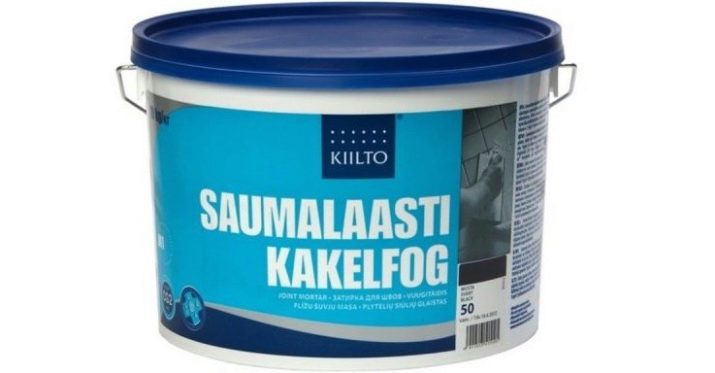
Manufacturers
The most popular products of the following brands:
- Ceresit building mixtures of Henkel concern;
- epoxy grout Kerapoxy, Ultracolor Plus from the Italian company MAPEI;
- ATLAS mixtures of the Polish concern.
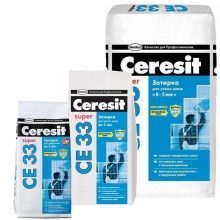
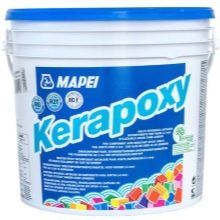

These manufacturers of finishing mixtures produce all their types and all colors. In their products, they use special components of their own design: antifungal additives, biocide concentrates, water-repellent mastics, anti-mold, waterproofing (in which water drips off), an organic additive (fights fungi and prevents the development of spores), latex additives for hardening cement mixtures.
And also manufacturers apply innovative technologies for color stability and protection from fading, increasing hydrophobicity.
The products of these companies are expensive, but this is a guarantee of the highest quality of the material, which will not lose its original properties over the years. Other manufacturers of the most popular grouts are firms Weber-Vetonit, Litochrome, Knauf, Unis, Litokol, Sopro, Vetonit Deco, Kiilto and Isomat.
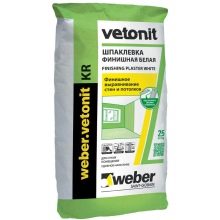
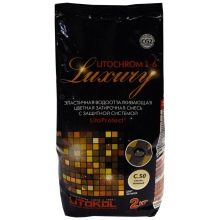
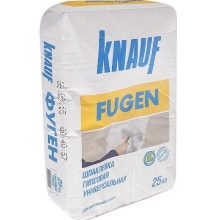
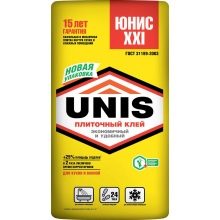
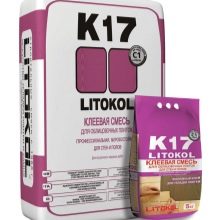

Colors
The grout mixture, correctly selected according to the color scheme, will give an aesthetic appearance and the effect of completeness to the bathroom, and will make interior dignity and decoration more expressive.
- There is a rule by which a single surface is very simply imitated in small rooms: the seams are decorated in the same tone as the laid tiles. And in the case when multicolor or patterned tiles are used, then the putty should have a dominant shade. Conversely, with too variegated ceramics, the seams do not stand out.
- When choosing contrasting shades of the fugue, the emphasis is on the geometric pattern of the tile and the bathroom itself.The same principle can be applied if necessary to sharpen the focus on each tile element.
- The use of seam putty in bright and saturated colors can give a special expressiveness to the bathroom.
- If the plumbing in the bathroom is traditionally white, and it is tiled with dark tiles, then the white color of the grout is the most advantageous option.
- As for the design of surfaces with a mosaic pattern, in this case, soft pastel colors are preferable, which go well with both white and other shades. A combination of pastel shades with natural and neutral colors will look very advantageous. When tiling a bathroom with mosaics, do not forget about the use of shimmery, mother-of-pearl fillers. You can experiment with chameleon mixes, which are very attractive and suitable for any veneer color scheme.
- When using transparent compounds, it is necessary to lay the tiles on white glue to avoid translucency through the putty.
- A universal white shade will suit any coating and will be a win-win solution. The only exception is not to use the white grout on the floor, where it gets dirty quickly.
- The brightest colors are for latex and epoxy grouts. Modifying components and varnishes are added to them to give them effective overflows. Such compositions look great between shiny or glazed ceramic tiles.
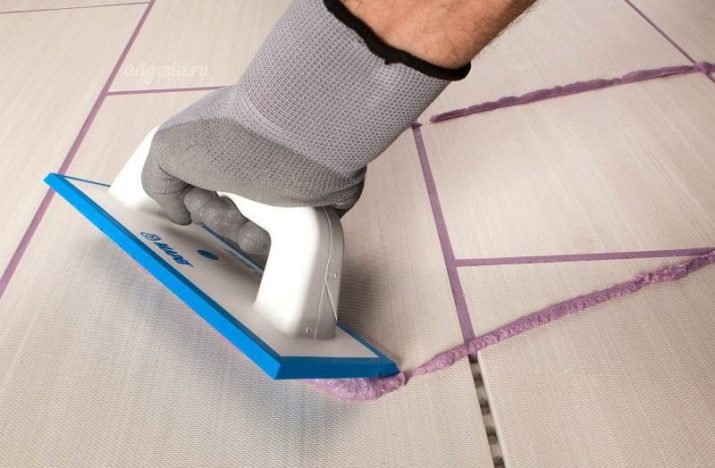
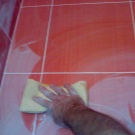
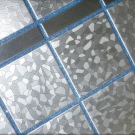
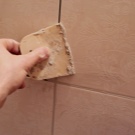
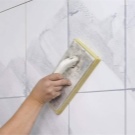
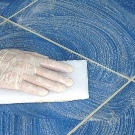
Selection Tips
Jointing is used to protect, support and frame the edges of tiles and can improve the quality of work performed, achieve durability and aesthetics of the appearance of the coating. It is necessary to analyze all existing varieties of fugue and their properties before making the necessary purchase. A varied assortment of tiles, their composition and design - all this directly determines the choice of grouting materials.
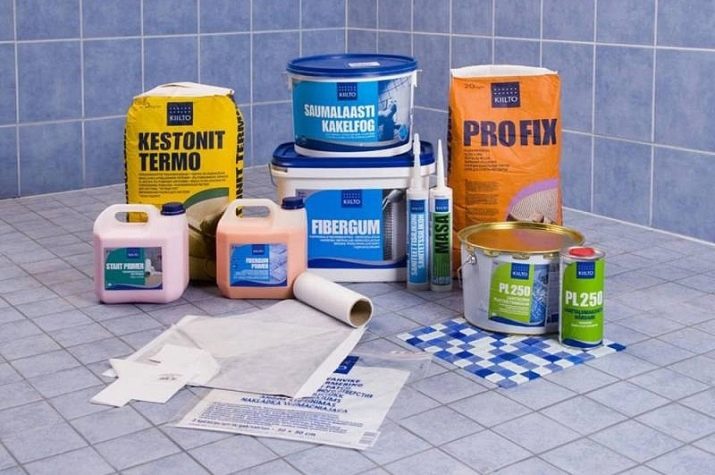
It is also necessary to take into account the basis of the composition, the area of application, its color and manufacturer. In addition, a comparative analysis of some indicators will help you choose the right material.
- Maximum ease of preparation and ease of use in cement mortars, the greatest complexity of application and laboriousness in work - in epoxy.
- The greatest strength and wear resistance is in polyurethane compounds, less in cement mixtures.
- The best moisture resistance, waterproofness and water repellency are in polyurethane, epoxy and silicone joints, and the lowest hygroscopicity in cement ones.
- Shrinkage is completely absent in silicone fugue, the indicator is lower for epoxy materials, the greatest shrinkage is for cement mixtures.
- The quick drying of the silicone joint compound even complicates the application, the hardening of the cement putty is much longer.
- Good elasticity for silicone and epoxy joints. It is completely absent from cement.
- Epoxy and latex grouts are resistant to temperature fluctuations.
- The silicone joint has excellent adhesion, the weakest adhesion is in the cement mixture.
- Epoxy and latex grouts are available in a wide variety of colors. It is small in cement.
- Epoxy fugue is aesthetically pleasing, does not require antifungal treatment, and has no pores.
- The cheapest are cement joints, the average price is for epoxy ones, the highest price is for polyurethane joints.
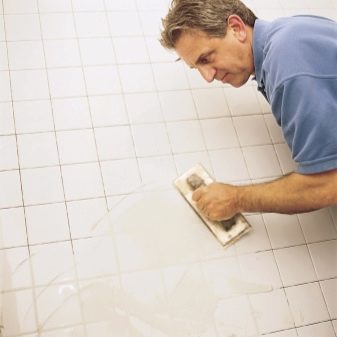
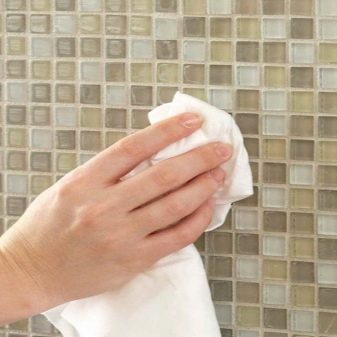
There are also disadvantages to grouting mixtures. For example, polyurethane joints react to chlorine in detergents, and this reaction can destroy the grout, and epoxy grout is difficult to clean without additional cost. Greatest susceptibility to contamination in silicone and cement grouts... After working with latex putty, it is difficult to wash away streaks, the seams cannot be cleaned with steam.
Therefore, an important indicator when choosing is resistance to the formation of various household stains, which are difficult to remove. And for floor tiles, resistance to abrasion of the seams is necessary.Fugues for a bathroom must be moisture resistant, have antiseptic and antibacterial properties: the seams are the first to get dirty from humidity in the bathrooms.
The information indicated by the manufacturer on the container contributes to the correct choice. When buying, you need to pay attention to the physical characteristics: uniformity of consistency, conditions and shelf life, tightness of the container. If there are lumps in the mixture, this means that the storage conditions or the integrity of the package are violated. Lumps indicate increased moisture in the mix. You should also check matches the color shown on the package. Overdue shelf life - a good reason to refuse the product.

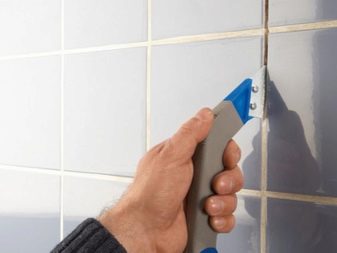
How to use it correctly?
Joint putty is sold as a dry mortar or paste. Before use, it is mixed with liquid to the required density, according to the instructions. Ready-made formulations can be used immediately after purchase. No additional time is required to prepare the required substance. They are packaged in plastic containers.
But, having opened the container, it is recommended to use all the paste at once, otherwise it will dry out.

The most economical are dry powders. Part of the grout is taken from the container in the required amount, and the remainder can be stored for a long time. When using the mixture, it is necessary to take into account the material, structure, color palette of the tile and the peculiarities of its operation.
- Glass or mosaic ceramics framed with epoxy grout. This grout can also serve as a glue.
- For glossy or patterned tiles a good joint will be made of finely ground cement, mixtures with the addition of latex, polyurethane mastics that do not damage the tile surface.
- At work with porcelain stoneware It is strictly forbidden to use liquid fugues: the liquid will be absorbed into the tile. A tinted cementitious joint compound is the best option. However, this type of putty has a significant disadvantage: low resistance to water. It should not be used in bathrooms or with joint widths greater than 5 mm.
- For bathroom cladding, more resistant compounds are needed, for example, polyurethane. And for tile joints on the wall, epoxy grout is the best choice. This fugue does not react with chemicals and will allow the use of a wide variety of detergents. However, applying epoxies requires a lot of experience.

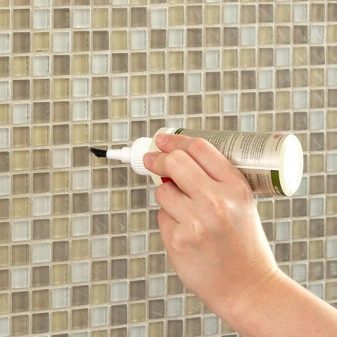
For information on what kind of grout for tiles in the bathroom, see the next video.








